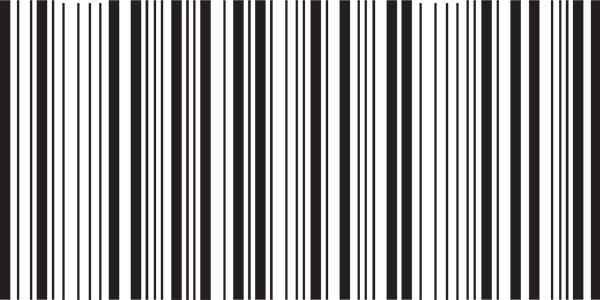Sorry, wrong number(s)

When it comes to bar-code compliance, data quality matters as much as print quality. That might seem obvious, but it's something shippers tend to overlook. Traditionally, their compliance efforts have focused on the physical aspects of labeling, such as avoiding misprints, smudges, or label placement errors. But these days, experts say, the problem is just as likely to lie in the data itself.
"Assessing bar-code compliance now requires more than just checking print quality," says Andy Verb, president of Bar Code Graphics Inc., a firm that specializes in bar-coding solutions. "For a variety of reasons, the underlying data behind the bar code causes as [many] or more noncompliance issues in supply chains these days."
Those noncompliance issues can be costly. Suppliers whose shipments arrive at a customer's facility with faulty bar codes face fines or chargebacks from the consignee as well as outright rejection. Fines can range from $2 to $10 a carton, according to Rick Bushnell, president of bar-code consulting firm Quad II. Those fines could add up quickly if the receiver rejects multiple cartons.
And it's not just a problem for companies that supply goods to retail chains. Although bar-code compliance issues are most often associated with the retail sector, industry verticals such as automotive, life sciences, chemical, and health care have all adopted bar-code labeling requirements and impose penalties for noncompliance.
DATA CONTROL
As for why so many industries are imposing bar-code mandates, the answer lies partly in modern inventory practices. With companies cutting back on the amount of stock they hold, distribution centers are feeling the pressure to whisk products in and out as quickly as possible. Data verification is critical to this process. Prior to making a shipment, the supplier transmits what's known as an advance ship notice (ASN) to the buyer. The ASN, which serves as an electronic shipping manifest, contains such details as purchase order number, total number of cartons in a shipment, the cartons' serial numbers, and the contents of each box. The receiving company can then match up the information from the bar codes with the ASN to verify that the correct items were shipped.
To facilitate data exchange between sender and receiver, industry trade groups have established standards for bar-code symbols. The best-known worldwide standards body is GS1, formerly the Uniform Code Council, which assigns bar codes for the retail, apparel, health-care, and logistics sectors. The bar code most commonly used in the United States is the Universal Product Code (UPC), which is found on each item sold in a store. One of the data elements in the UPC is a unique number assigned to each product manufacturer, known as the company prefix. When sending products to a warehouse or DC, GS1 member companies are supposed to use that same company prefix to identify the goods' manufacturer on the Serial Shipping Container Code (SSCC) bar-code label, which is affixed to cartons.
To streamline the receiving process, a distribution center needs such information on incoming cartons as the box's dimensions and the product weight. That information is usually contained in the carton's "content file," and the SSCC code links to that file. The supplier typically sends the carton's content file to the receiver electronically as part of the ASN.
Of course, in the real world, things don't always go according to plan. For example, data issues sometimes arise when the SSCC bar code isn't properly linked to the carton's content file. That can happen when small suppliers who don't have their own prefix borrow another company's unique identifier just for shipping, creating confusion for the receiver, Verb says. "We see a collision issue every week on the ownership of a UPC code because it does not belong to them," he reports.
Another common cause of data issues is the proliferation of stock-keeping units. When companies introduce a large number of new products, they sometimes fail to create a "carton content" file for each of the items. As a result, the warehouse receiving the new items cannot verify them, resulting in a fine to the supplier.
Simple data encoding errors can also cause problems. An error could result from something as seemingly minor as failure to include a digit. Another common error results from the use of old assigned numbers. In the past, all company prefixes were six-digit numbers; but now, many have nine digits. Verb reports that companies sometimes use the old six-digit prefix rather than the nine-digit one, causing the receiver's system to kick out the code.
BOTCHED PROMOTIONS
When it comes to data quality errors, the potential consequences aren't limited to noncompliance penalties and fines. There are opportunity costs as well, says Bushnell. That's because when a mislabeled shipment arrives at the DC, it can be quarantined until the issue gets straightened out. For a supplier that has launched a special promotion for a new product, the quarantine can undermine the sales initiative, creating a lost opportunity. "A company is taking time to promote the product and then the consumer can't buy it because of the quarantine," Bushnell notes.
To prevent that type of problem, Bushnell urges logistics managers to make upper management aware of the potential consequences of bar-code data errors. "We see a huge disconnect between senior management and logistics management on this issue," he says. "This is such a simple and fundamental problem that everybody assumes that this has been taken care of."
Related Articles

Copyright ©2024. All Rights ReservedDesign, CMS, Hosting & Web Development :: ePublishing